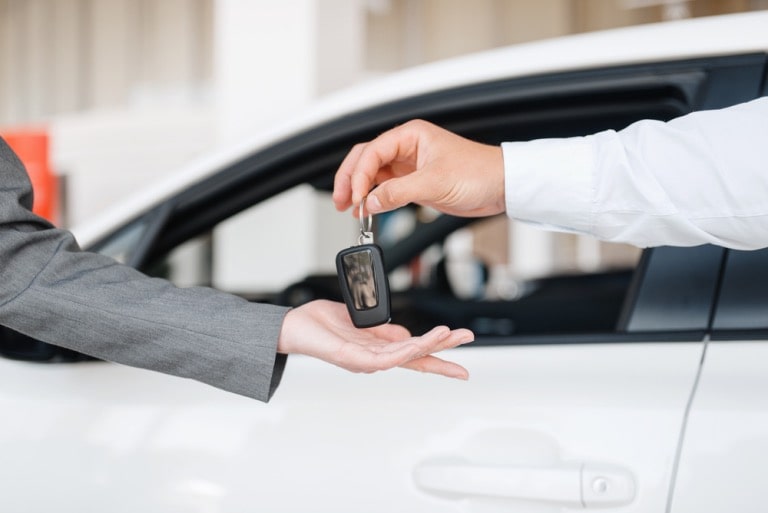What You Need To Know Before Selling Your Car?

Are you selling your car to get a newer, upgraded version? You may need to raise some extra money or make space in your garage. Or perhaps you now need only one vehicle rather than two. Whatever the reason, you must be wise and fully prepared beforehand. This article explains the key steps to achieving a quick sale and a good price for your car.
Assess Your Car’s Current Value
Online valuation tools (like Edmunds or Kelley Blue Book) connect you to real-time data – factoring in your vehicle’s make, model, year, and condition. However, these tools don’t supply a complete picture. You also need to be aware of demand in your local area.
Has your car received several upgrades, had major repairs, or been involved in accidents? These things will directly affect your car’s worth. Local classified ads can help you if you find similar vehicles to yours, and this can assist you during price negotiations. You can avoid leaving money on the table or expecting a too-high sum.
Collate The Necessary Documentation
If you have everything ready, it’ll inspire confidence in potential buyers and speed up proceedings. You’ll need to have the vehicle title documents that confirm it’s your car. This is also vital for the ownership transfer process. Be transparent about any outstanding car loan, and reveal any current obligations to the lender.
You should have comprehensive maintenance records revealing the car’s service history. This openness and honesty can help people trust you, plus you can use the details to justify the price.
Don’t forget to have identity documentation with you whenever you’re talking to a potential buyer. Specialist websites can tell you more about the necessary documentation and general process.
For instance, you can find a guide to selling a used car that discusses the importance of displaying quality photos and descriptions of your vehicle. They also explain how selling to a dealership means potential tax savings and secure transaction processes.
Clean And Prepare Your Vehicle
If you do this, it’ll create a good first impression for viewers. Remove personal items and trash from inside the car. Wipe down surfaces, vacuum the carpet, and install an air freshener. Ozone machines are great for removing persistent odors that could discourage buyers (e.g. smoke or old food).
For the exterior, have your car washed and waxed. This way, the paint will shine, and its true color will be revealed. If there are any small dents or scratches on the bodywork, have these removed before viewings commence.
Choose The Right Selling Method
This depends if you urgently need the cash or are prepared to wait. It also depends on how much money you’re prepared to spend on advertising. If you want instant offers from dealerships, use online platforms like AutoTrader or CarGurus. This takes the negotiation process out of the equation.
If time isn’t of the essence, try selling through local listings. The right selling method also depends on your car – whether it’ll appeal to people with limited budgets or those who like customized vehicles. The internet hosts niche forums and social media groups that may be interested in your specific type of car.
Market Your Vehicle Effectively
Potential buyers respect honest details about the car’s age, mileage, engine type, and condition. If you hide key issues at this stage, they’ll come to light in the end – and you’ll be wasting both their time and yours.
If you describe how your car has served specific purposes for you, this may appeal to certain people. Facebook can enable you to include storytelling in your posts, while Instagram is primarily visual.
Negotiate and Close The Sale
Before you begin, identify your car’s value and the lowest offer you’ll accept. As mentioned earlier, bring anything with you that supports your asking price. Ask people open-ended questions and find out what they like about your car. This way, you can emphasize the most relevant selling points.
Be prepared for counteroffers and be willing to compromise. However, you can walk away if a mutually acceptable price isn’t agreed. Ensure matters are completed quickly by providing a limited time frame and mentioning other people who are interested in the car. If a sale is agreed, complete the necessary paperwork and be aware of any post-sale responsibilities.
Final Words
Thanks to these guidelines, you’ll be prepared upfront and ready to negotiate. Your car will look its best and inspire realistic offers. By achieving a successful sale, you’ll have money in the bank and the potential to buy a replacement vehicle if needed.





